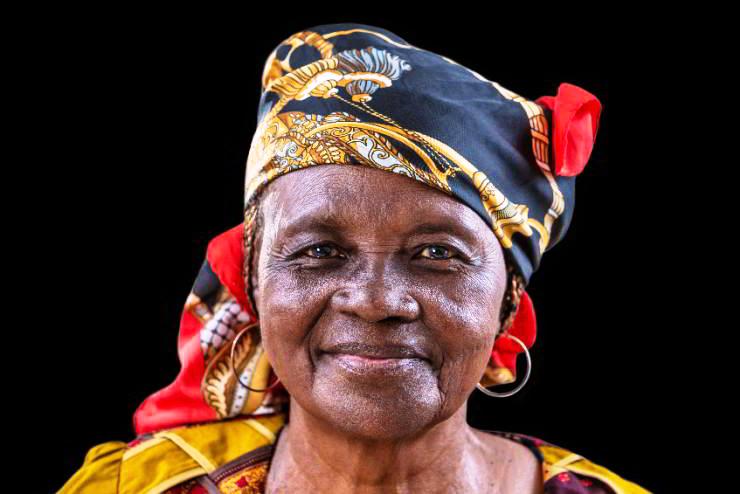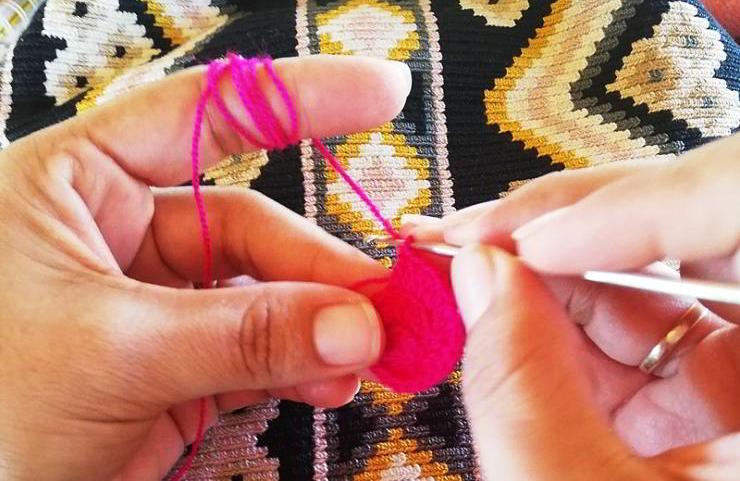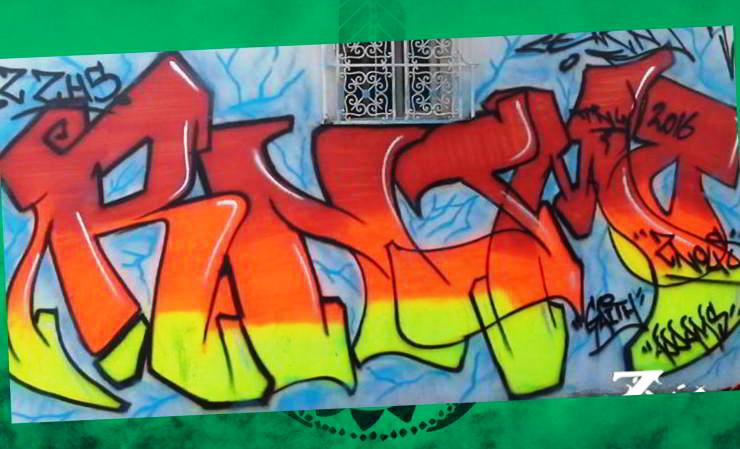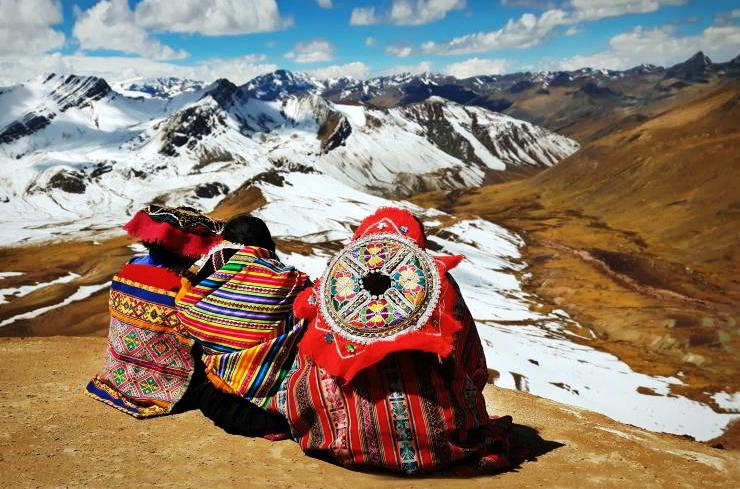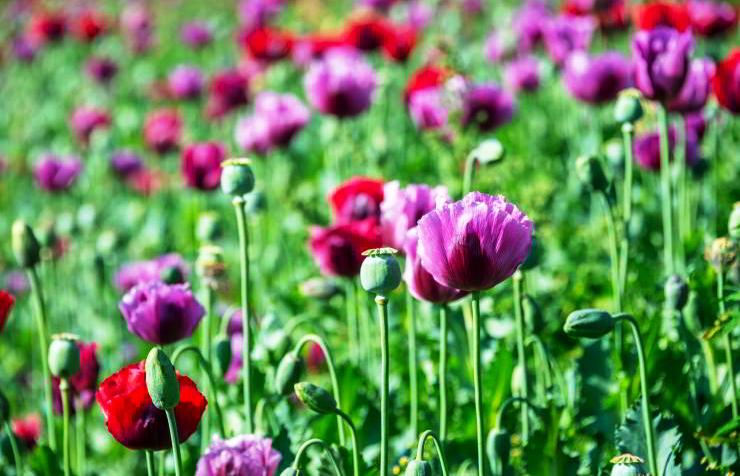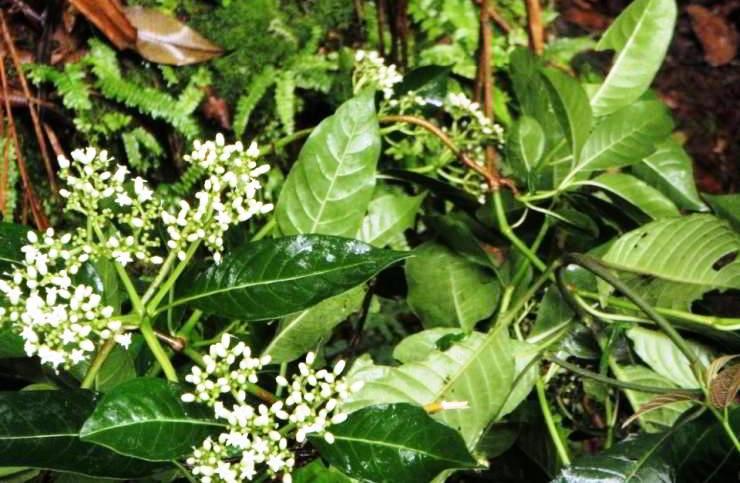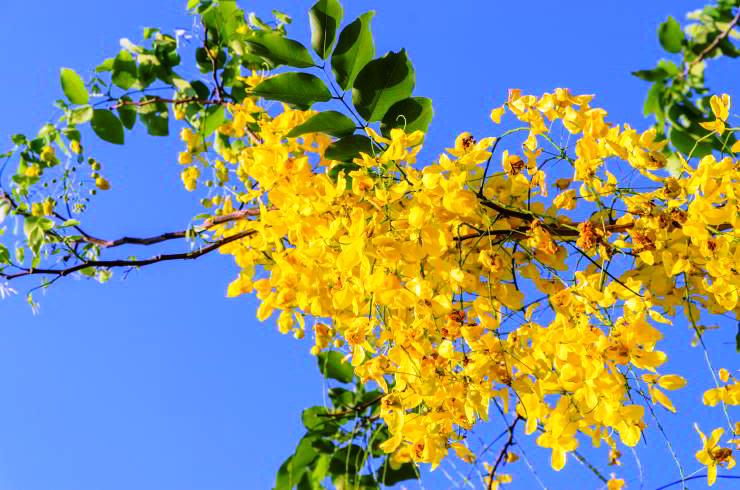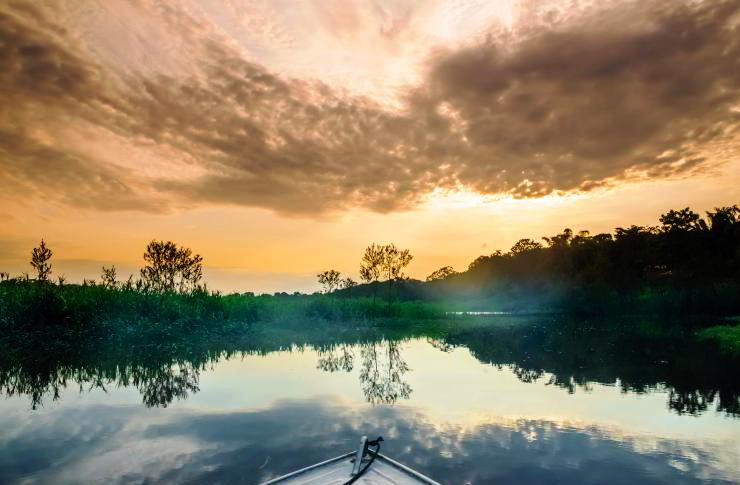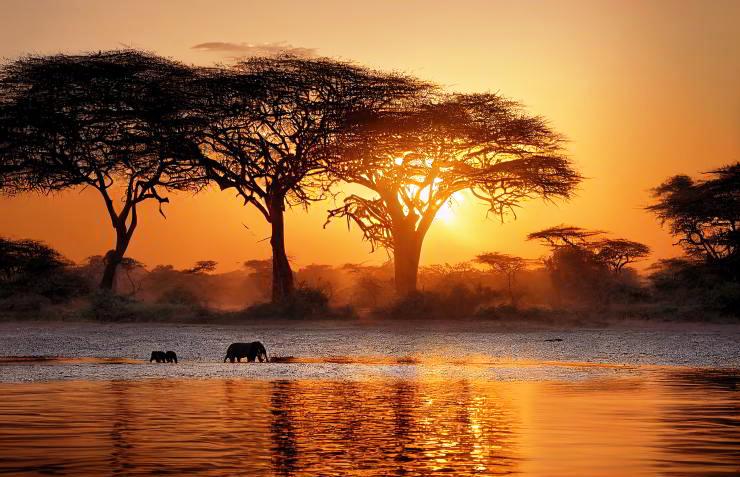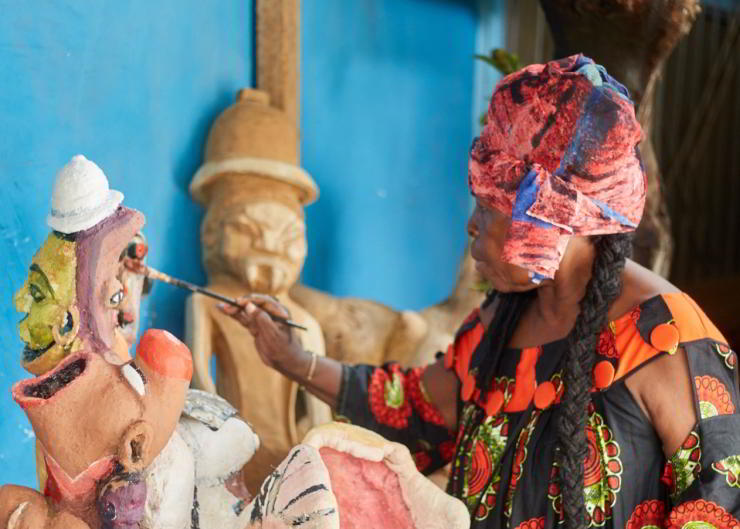Kenya. The Pokot traditional religious sensibility.
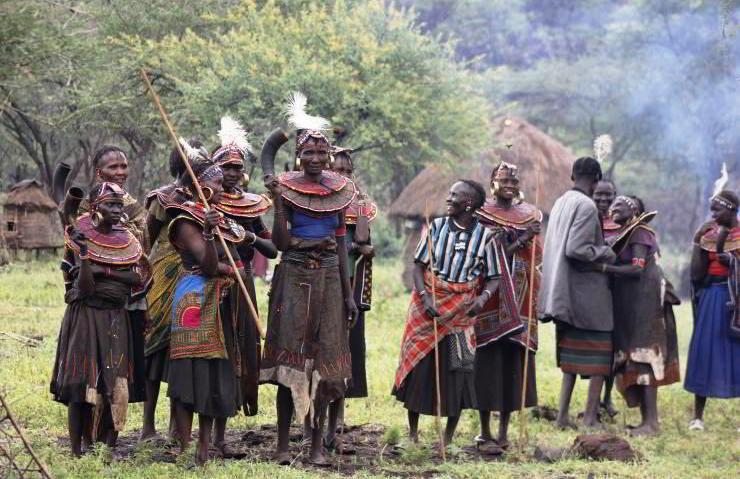
Rather than talking about the religion of the Pokot, an ethnic group living in West Pokot and Baringo counties in Kenya, it is better to talk about the specifics of the Pokot’s ‘religious sensibility’ and how it manifests itself. The sensibility is one of the Pokot traditional religiosities, which has changed due to the influence…
Read more
